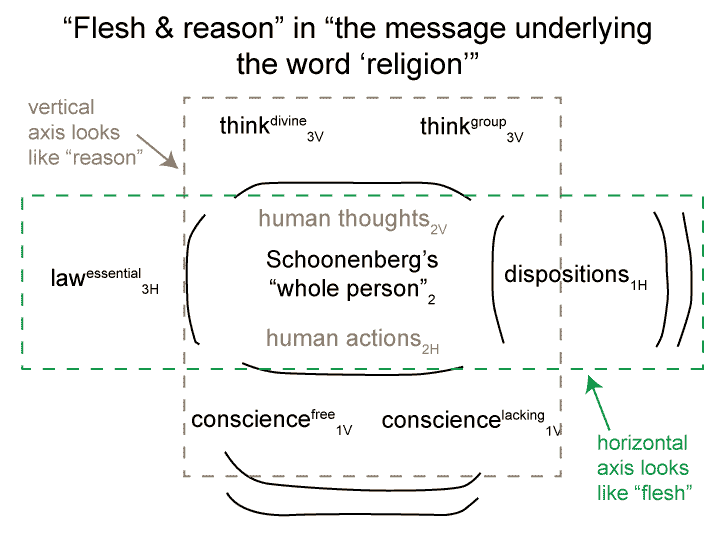Man and Sin by Piet Schoonenberg (1964) 2.3 CU
[Can we say to ourselves: We are the ones who put ourselves into perspective?
Can we say to ourselves: We are the ones who we have been waiting for?
What is the message?
We know better than God.
Yet, unlike God, we need an apparatus to broadcast to ourselves. We need a tower of power. We need someone outside of ourselves to tell us that we are the ones who we have been waiting for.
The serpent waits, ready to reply:
“I will tell you what you already suspect.
You know better than God.”]

